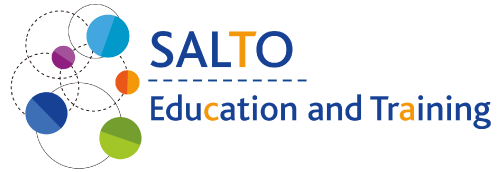Capacity building for Adult Education Institutions involving learners in the programme
Summary of TCA outcomes
The MT NA accommodated 31 participants in total, comprising 28 participants from 17 counties, as well as 3 National Agency representatives from Latvia, Lithuania, and Sweden.
The format combined a seminar with a focused training program in the Adult Education sector, specifically targeting the challenge of attracting more marginalised and vulnerable learners to KA1 Adult Learner Mobility and KA2 projects. Participants were able to gain a deep and comprehensive understanding of the possibilities within Adult Learner Mobility. They learned how to apply their newfound knowledge effectively, which would not only enhance their own professional growth but also enable them to better serve and incorporate the needs of marginalised adult learners within their organisations. This training equipped them with the tools to create more inclusive environments, ensuring that the voices and needs of all learners are considered and addressed comprehensively. They were prepared to create and submit an Erasmus+ learner mobility application, with a strong emphasis on the priorities of the Erasmus+ program. This preparation involved practical exercises and speaker presentations directly related to the key objectives. The thorough nature of this training ensured that participants acquired the necessary skills and knowledge to successfully complete the application process. Also, participants gained a comprehensive understanding of how EPALE could support them in their European project applications and implementations. Moreover, the event provided an excellent networking opportunity, enabling participants to connect with other organizations within the sector. This fostered new relationships and built valuable partnerships for future adult learner mobility projects and KA2 collaborations.
Types of outcomes
Explain your choice(s)
The aim of the seminar was to equip participants with the skills necessary to attract adult learners to the program, particularly those from vulnerable groups.
The program was thoughtfully designed with a variety of components intended to support the learning outcomes effectively. Diverse array of training methods was utilised, each employed expertly to achieve the desired results. The training program achieved a balance between theoretical instruction and hands-on experiential learning. Participants were afforded opportunities to apply their newly acquired knowledge, thereby reinforcing their understanding of the material.
All participants who attended the training demonstrated a commendable level of engagement and enthusiasm throughout the program. Their active involvement in every component of the training highlighted their dedication and eagerness to learn, which significantly enriched the experience for everyone involved.


